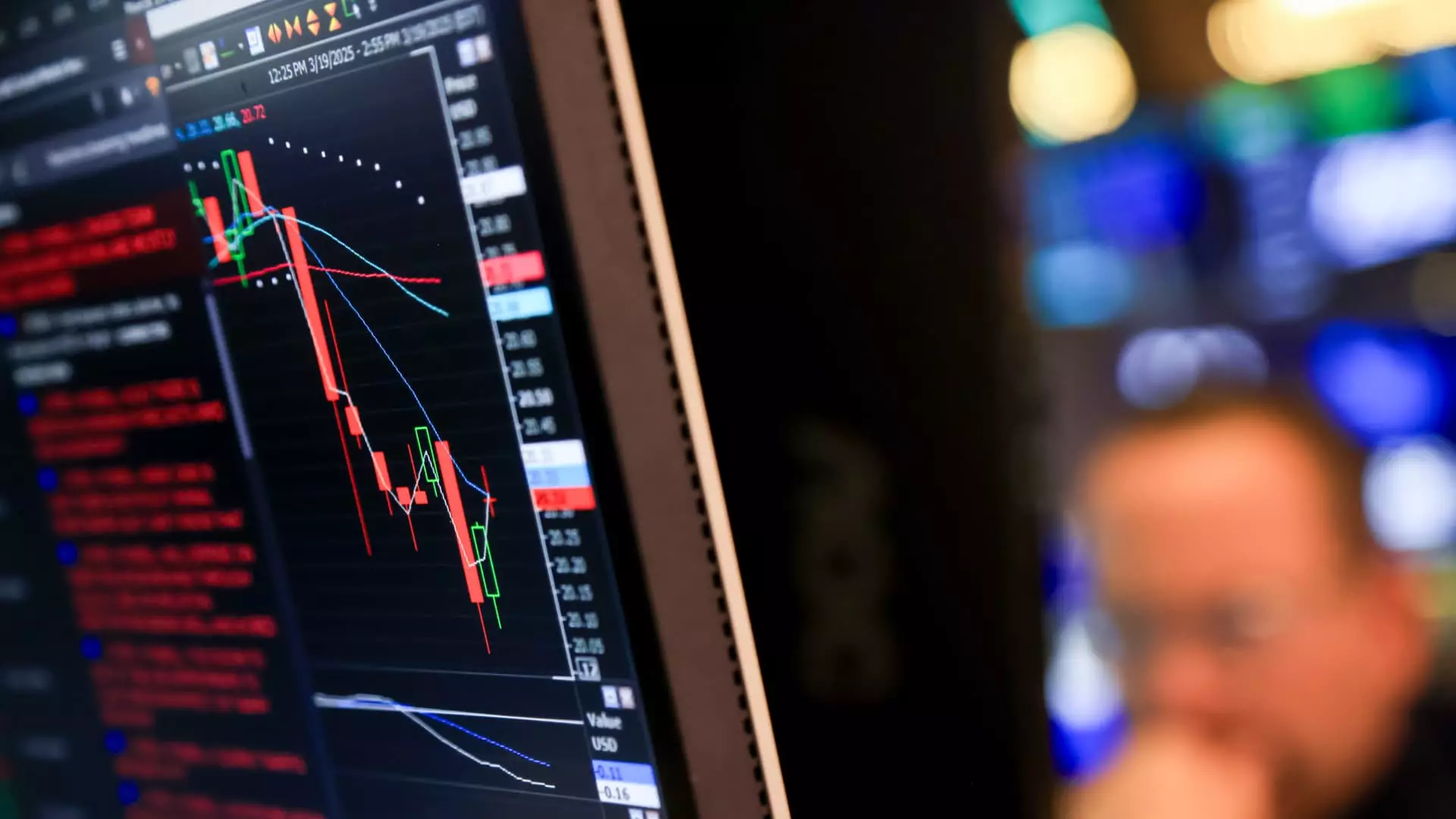The venture capital sector is currently navigating treacherous waters, shaped not just by recent market fluctuations but also by broader economic uncertainties brought on by geopolitical factors. After a significant downturn in the stock market that saw the loss of trillions in value, venture capitalists (VCs) are finding themselves under increasing pressure. The integration of U.S. tariffs into the mix exacerbates an already challenging environment, leading to tough decisions for both investors and startup founders alike. The ripple effects of such market volatility can be profound, as they disrupt established pathways for funding and growth within the startup ecosystem.
The Implications of Stagnating IPOs
A noticeable trend within the venture capital landscape has been the unsettling decline in initial public offerings (IPOs) and mergers and acquisitions (M&As). High-profile tech unicorns, such as Klarna and StubHub, recently opted to delay their IPO plans, a move emblematic of the broader reluctance among startups to enter public markets when potential volatility looms. The reluctance to IPO can be traced back to the reality that venture capitalists rely heavily on exits to realize returns on their investments. Without favorable market conditions, the prospect of going public looks increasingly daunting.
As analyst Tobias Bengtsdahl points out, in light of plunging stock prices, both private and public market valuations experience a significant impact. The struggle to raise capital becomes more pronounced, with growth-stage companies, in particular, feeling the brunt of investor reluctance. Their positioning at a precarious stage just before an IPO means they are especially vulnerable to the unpredictability that defines current market conditions.
The Disconnect Between Private and Public Markets
What complicates the situation even further is the inherent disconnect between private and public markets. The dynamics of private funding do not mimic the public sphere, leading to unique challenges for tech startups. While valuations for public companies fluctuate in response to market sentiment, private firm valuations largely depend on their own performance and the timing of their next funding rounds. This inconsistency creates a murky environment for both startups and investors.
Many VCs, like Bengtsdahl, highlight that the valuation of startups remains largely unchanged unless they are in the process of raising funds. This means that even if public market prices drop, it doesn’t trigger an immediate reaction in private valuations, contributing to a dissonance that can create confusion and hesitance in the market.
A Potential Shift to Europe
Despite these challenges, there remains a silver lining that could reshape the landscape of venture capital. The tumultuous environment created by U.S. tariffs could provide an unexpected boost to European tech startups. As Sanjot Malhi from Northzone suggests, a desire for stability may draw both talent and investment from the U.S. to more stable European markets. In times of conflict and uncertainty, ideas and capital often seek out environments that foster resilience, and Europe is positioning itself as a viable alternative.
The ability for European firms to pivot and capture this influx of interest stems from initiatives aimed at fostering a cohesive tech ecosystem. As Christel Piron from PSV Foundry points out, founders are increasingly committed to building robust European tech companies. This shift could potentially unite the continent, allowing it to emerge as a formidable global player in the venture capital arena.
Strategic Adaptations and Future Prospects
Looking ahead, venture capital funds may need to reconsider their strategies for achieving exits. With IPO markets potentially narrowing, analysts suggest renewed emphasis on mergers and acquisitions as an alternative to more traditional exit routes. Such shifts could offer unique problem-solving opportunities for both startups and investors alike, especially as organizations seek out ways to navigate tough market conditions.
However, with the danger of “down rounds” — where startups may be forced to accept lower valuations than in previous funding rounds — comes a new level of anxiety for investors. Late-stage companies accustomed to growth may need to adapt quickly to more conservative valuations and funding expectations. As Malhi notes, the landscape remains dynamic, and investors must stay agile to bridge gaps before potential exits re-emerge.
The Promise of Future Growth
Despite current challenges, an undercurrent of optimism persists among venture capitalists. The hope for a resurgence in IPO activity remains strong, with many looking to the future and anticipating the eventual return of robust exit strategies as stability returns to the market. As time progresses, it will be essential for both entrepreneurs and investors to cultivate environments that promote growth, even amidst uncertainty. The venture capital realm is adapting, and while the current landscape may be challenging, its resilience signals an enduring commitment to innovation and progress.

